
A portfolio is simply a collection of the student’s work across the curriculum, showing achievement through actual assignments rather than through grades or testing.
Portfolios serve a different purpose for elementary and middle school students than they do for high school students. In elementary school and middle school, you must keep track of each subject taught each year, but you don’t necessarily need to give grades. The only reason for you to issue the child a letter or number grade for K–8particularl is (1) if your school district demands it (very rare) or (2) if you think the child might want to transfer into a school that requires transcripts. (Check with your local school district to see what sorts of documentation home educators need to provide.) Most school superintendents, and most schools that the student might want to transfer into during the lower grades, will happily accept portfolios of work instead. These portfolios are made up of samples of the child’s work, arranged chronologically to demonstrate achievement in different areas. They also include information that can’t be tested, such as art talent, engineering projects, or community-service awards.
In The Well-Trained Mind, we suggest keeping notebooks for the major areas of study; you can select the best work from these notebooks, or simply submit the notebooks themselves whenever you need to document the child’s course of study.
For grades 9 through 12, you must issue grades and fill out a transcript form. (See “How to Assign High School Credits” for more detail.) Although some colleges are happy to accept portfolios for homeschool applications, others insist on a regular transcript. And even colleges that accept portfolios as part of the application process will then often ask for a transcript, once the student is accepted and enrolled, in order to qualify the student for financial aid. (Sometimes employers will also ask to see the high school transcript.) The transcript will show that your student has met and exceeded the minimum state requirements; the portfolio, that those requirements have been met in a challenging, creative way—it can accompany your transcript when your student applies to college.
What should be included in your student’s portfolio?
- A narrative description of the student’s high-school studies. This is the place to explain any distinctives of the student’s program, such as pursuit of Great Books study, original research, or other unusual factors.
- A list of all significant books read (from about seventh grade on).
- At least one writing sample.
- A description of any academic contests and honors.
- Descriptions of any apprenticeships, interesting work experiences, and internships.
- A brief description of any special area of expertise.
We highly recommend that, at the beginning of ninth grade, you assemble six folders in a file box or drawer. Label them as described below, and drop the recommended material into them whenever possible.
- Narrative Description: Every year, write two or three sentences about each course that the student is taking, describing the course’s basic content and purpose. Be sure to list all texts and books used.
- Books Read: Every time the student completes a grown-up book (Jane Eyre, not Twilight), jot down the title and author on a scrap of paper and drop it into this folder.
- Writing Samples: Whenever the student produces a particular good piece of written work, put a copy in here.
- Contests and Honors: Make note of all competitions, with details of the student’s participation in them.
- Work, Etc.: Note beginning and ending dates for all work experiences, along with a description of the student’s duties. If the experience was a good one, consider asking the employer to write a character reference/recommendation and add this to the folder.
- Expertise: Note whenever the student reaches a high level of accomplishment, whether in an academic or extracurricular subject.
If these folders are well stocked when you get ready to assemble the senior portfolio, your job will be much easier. It’s amazing how many things you forget, even within the relatively short space of a few months! Keeping these folders will prevent you from overlooking skills, achievements, and effort that should be properly documented in the student’s college applications.
Recommended Products
-
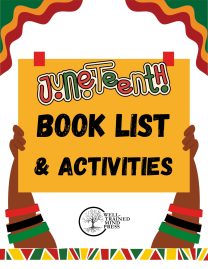
Juneteenth Booklist & Activities
0 out of 5$0.00 Add to cart -
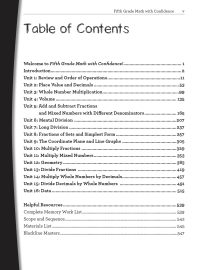
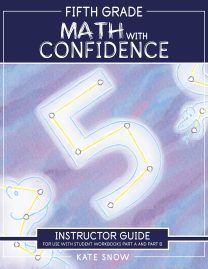
Fifth Grade Math with Confidence Instructor Guide
0 out of 5Starting at:$36.95Original price was: $36.95.$27.71Current price is: $27.71. Select options -
Sale!

Hansel & Gretel and Other Stories: Downloadable MP3
0 out of 5$12.95Original price was: $12.95.$9.71Current price is: $9.71. Add to cart -
Sale!

Dorothy and the Wizard in Oz: Downloadable MP3
0 out of 5$25.95Original price was: $25.95.$19.46Current price is: $19.46. Add to cart -
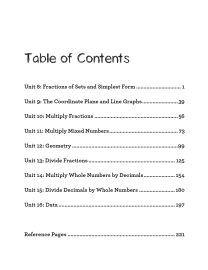 Sale!
Sale!
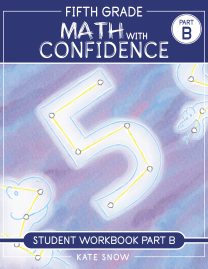
Fifth Grade Math with Confidence Student Workbook B
0 out of 5$16.46 – $21.56 Select options This product has multiple variants. The options may be chosen on the product page -
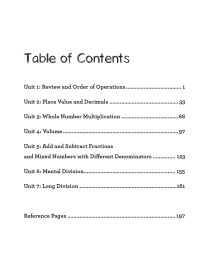 Sale!
Sale!
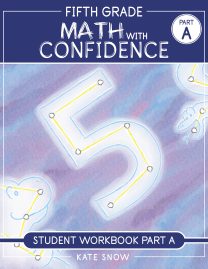
Fifth Grade Math with Confidence Student Workbook A
0 out of 5$16.46 – $21.56 Select options This product has multiple variants. The options may be chosen on the product page
ABOUT THE AUTHOR
Susan Wise Bauer
Join over 100,000 homeschooling families
For the latest offers, educational insights, products and more.
By joining you agree to our privacy policy.










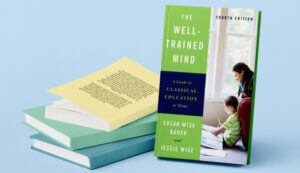






2 thoughts on “Assembling a Portfolio”
I Thank You for this information and insight. I live in a county currently trying to do away with homeschooling charter schools so I found your site through the Story of The World we have been studying for History through them. I have found excellent resources on your site and Thank You dearly for them! I also want to say how much I have also enjoyed studying your books with my children vs the standard curriculum offered for ages in public schools.
Thank you so much for this information! This is also excellent information for assembling a portfolio for acceptance into graduate school at a university, undergraduate as well, clearly, but it certainly applies to graduate school as well, once a student has met the requirements. My parents home-schooled me and my brother all the way through high-school, and my mom used “The Story of the World” books to teach me and my brother world history. I am considering majoring in history at a university, if I can keep my college GPA high enough, (it is currently a few hundredths of a decimal above a 3.00. I believe it is approximately a 3.07, give or take), and I eventually plan to go all the way through university graduate school, and earn a doctorate degree, and then become a university instructor, while also performing academic research, and it is certainly possible that if this plan that I have works out, then I may end up teaching at a smaller community college as well. Also, I think that for home schooled students, at least this was my experience, if you start off at a smaller community college and then get accepted as a transfer student, then the universities are somewhat less selective. This can be a good option for students who earn excellent grades, A’s, and possibly B’s, depending on how selective the university is that the student plans on transferring into. Thanks again for this information!